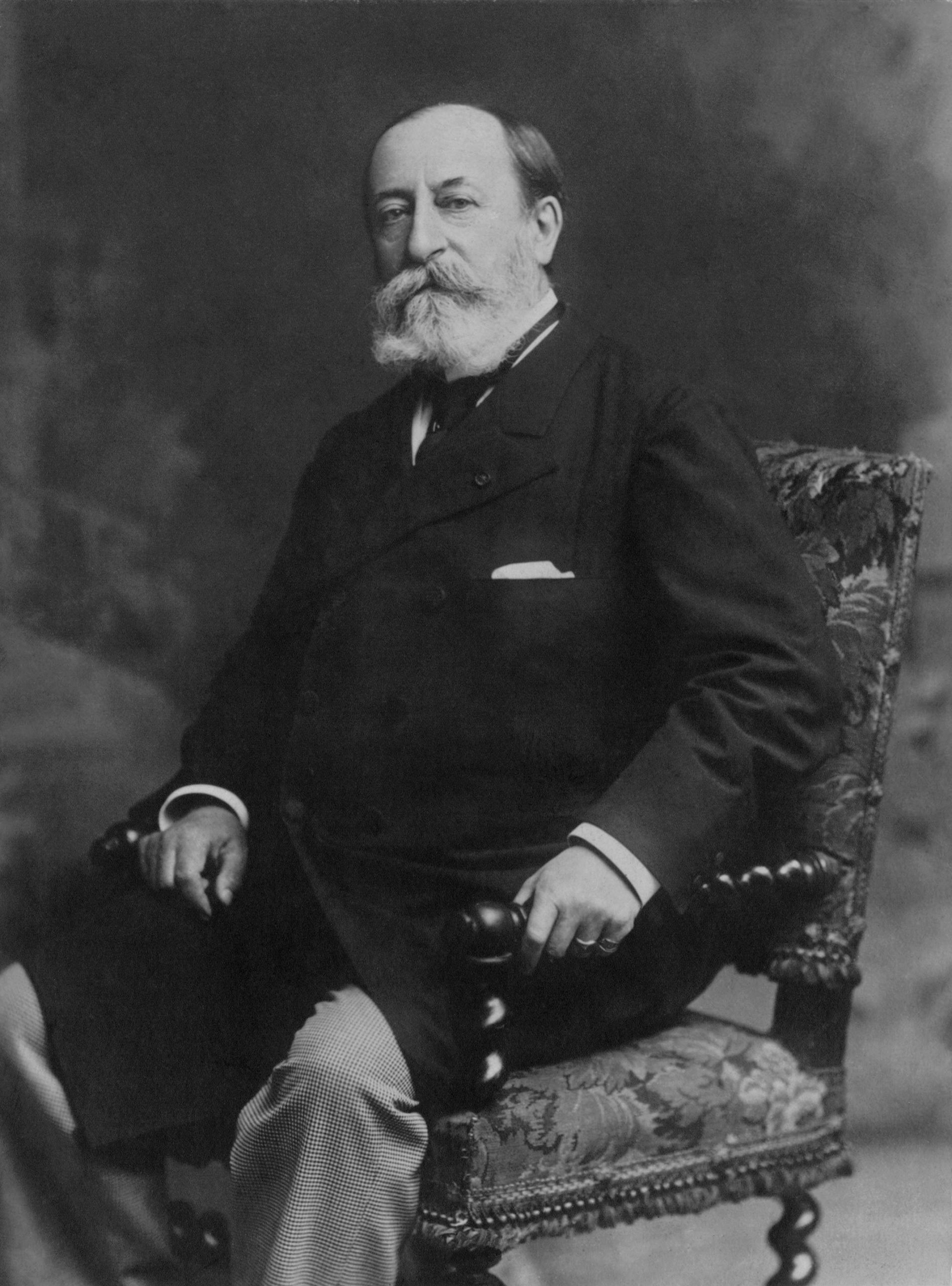Archive
Monsieur Saint-Saëns and that Chord
Some personal reflections on Saint-Saëns’ “organ symphony”
Over the years, I’ve had the good fortune to play Saint–Saëns’ “organ symphony” a great many times, both as a pianist and an organist. I’m frequently asked about aspects of the work, and a recent question led me to pen a few personal thoughts about the piece. The question I was asked (actually, rather more of a leading statement) was, “It must be wonderful to play Saint–Saëns’ Organ Concerto.” The work isn’t and never was, an organ concerto – the organ part is an orchestral organ part. Saint–Saëns himself described the work as Symphony No. 3 “avec orgue“, reflecting not only that the inclusion of an organ part in a symphony was fairly unusual at that point in musical history but also that it does not have concerto status.
Commissioned by the Royal Philharmonic Society (at the time, just The Philharmonic Society), the symphony was first performed in London’s St James’ Hall (now demolished) in 1886 and is dedicated to the memory of Franz Liszt who died in the same year. Saint–Saëns said of the symphony, “I gave everything to it I was able to give. What I have here accomplished, I will never achieve again.”
Starting with a somewhat subdued and disquieted figure in the key of C minor, aspects of the symphony suggest an almost autobiographical aspect to its composition with reflections on his own musical experience and life, ending in a triumphant C major and including references to the Dies Irae (‘day of wrath’) along the way. Saint–Saëns was a fine organist and pianist – he was organist at the Paris church of the Madeleine, and at the premiere of the third symphony, he performed his fourth piano concerto. The symphony includes featured parts for both the organ and piano in the orchestral texture, neither of which were common symphonic instruments at the time.
I’ve therefore long been intrigued by the elevation of this wonderfully crafted symphony to almost the status of an organ concerto. This would seem to have been broadly due to commercial considerations or for reasons of self-promotion. However, this amazing piece is so much less, or should I say, more than this. It could be argued that the popular ‘enthusiasm’ for this work is pretty much down to one simple, though emotionally charged, C major chord that occurs at the start of the final section (I’m ignoring the popularity of this section’s main theme in the context of the 1996 movie Babe, and in the earlier 1978 pop song If I had Words by Scott Fitzgerald and Yvonne Keeley.)

Copyright © 2019 Roderick Elms Music. All rights reserved.